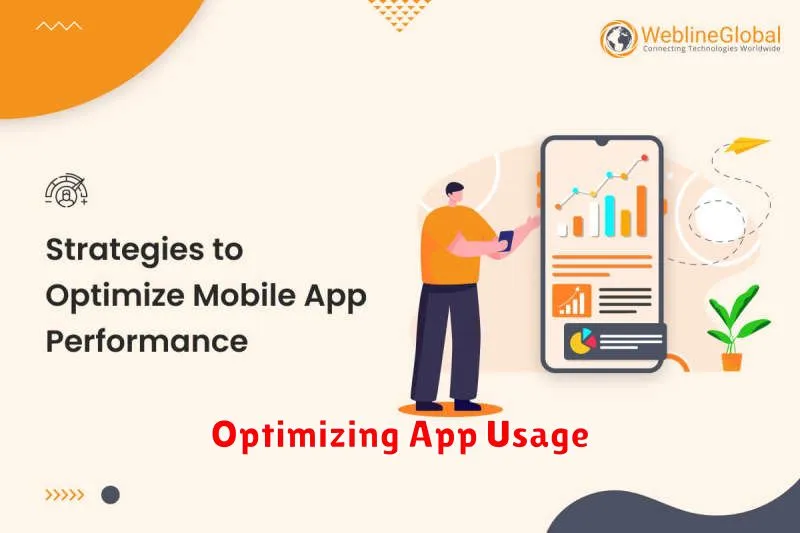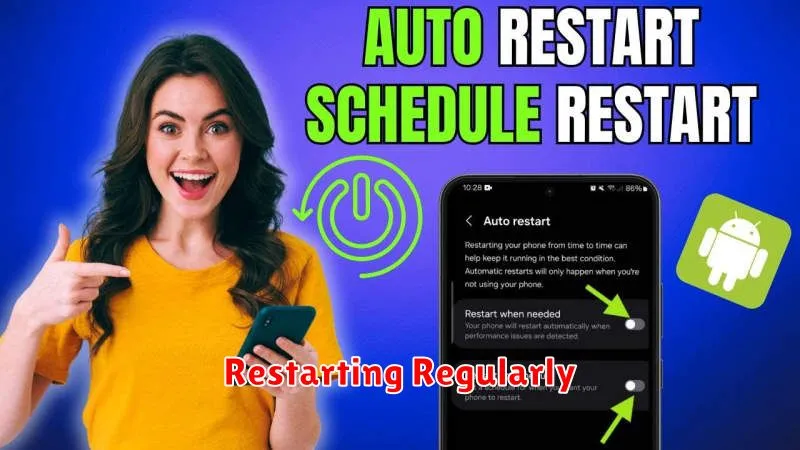Is your smartphone lagging, freezing, or running out of storage? A slow smartphone can be incredibly frustrating, impacting productivity and hindering your daily activities. This article provides practical tips and techniques on how to boost your smartphone’s performance, ensuring it runs smoothly and efficiently. Learn how to optimize your device, free up valuable storage space, and improve overall speed and responsiveness. Whether you’re experiencing slow app loading times, sluggish browsing, or simply want to enhance your smartphone’s performance, this guide offers actionable solutions.
From simple adjustments to more advanced techniques, discover how to maximize your smartphone’s potential. We’ll cover essential strategies to address common performance issues, including clearing cache, managing apps, and optimizing battery usage. By implementing these recommendations, you can revitalize your smartphone’s performance, extending its lifespan and enjoying a seamless mobile experience. Say goodbye to frustrating lags and hello to a faster, more responsive device. Learn how to boost your smartphone’s performance today!
Clearing Storage Regularly
One of the easiest and most effective ways to boost your smartphone’s performance is by regularly clearing its storage. Over time, accumulated files, cached data, and unused apps can significantly slow down your device.
Begin by removing unnecessary apps. If you haven’t used an app in a while, chances are you don’t need it taking up valuable space and resources. Next, clear the cache and data of frequently used apps. This can free up a surprising amount of storage. Most smartphones offer a built-in storage management tool to help you identify and remove large files, such as videos or downloaded documents, that you may no longer need.
Regularly clearing your storage, perhaps weekly or monthly, can prevent performance degradation and keep your smartphone running smoothly.
Optimizing App Usage

Managing app usage is crucial for maintaining optimal smartphone performance. Unnecessary apps running in the background consume valuable resources, leading to slower speeds and reduced battery life.
Begin by identifying resource-intensive apps. Your phone’s settings usually provide details on battery usage and data consumption per app. This information can help you pinpoint the biggest culprits.
Close unused apps regularly. Avoid relying solely on the “recent apps” menu, as this often only pauses apps, not fully closes them. Utilize the “force stop” option within app settings for a more thorough closure.
Consider limiting background processes for non-essential apps. This prevents them from constantly syncing and updating, freeing up system resources. This option can often be found within the app’s individual settings or within your phone’s overall settings menu.
Disabling Unnecessary Features
One effective method to boost smartphone performance is by disabling unnecessary features. Many smartphones come with pre-enabled features that consume resources and drain battery life, even when not in use. Disabling these features can significantly improve your device’s speed and responsiveness.
Animations and visual effects often contribute to performance lag. Reducing or disabling them can free up processing power. Look for settings like “Reduce motion” or “Developer options” (which may need to be enabled separately) to adjust animation scales or turn them off entirely.
Location services, while useful, can be a significant battery drain. Limit location access to only essential apps and consider using “Battery saving” location mode whenever possible.
Background app activity can also impact performance. Identify apps that run constantly in the background and restrict their activity through your device’s settings. This can prevent them from consuming resources when you’re not actively using them.
Updating Software
One of the most effective ways to boost your smartphone’s performance is by regularly updating its software. This includes the operating system (OS) and individual applications.
Operating System Updates: New OS versions often come with performance enhancements, bug fixes, and security improvements. These updates can significantly improve your phone’s speed, responsiveness, and overall stability.
Application Updates: Similar to OS updates, app updates frequently include performance optimizations, new features, and bug fixes. Keeping your apps updated ensures they run smoothly and efficiently.
To check for OS updates, navigate to your phone’s settings menu and look for the software update option. For app updates, open your app store and check for available updates. It is generally recommended to enable automatic updates for both the OS and apps whenever possible. This ensures your device consistently benefits from the latest performance enhancements.
Restarting Regularly

It may seem simple, but regularly restarting your smartphone can significantly improve its performance. Over time, apps and system processes can consume memory and processing power, even after you’ve closed them. A restart clears these lingering processes and gives your phone a fresh start.
Think of it like rebooting your computer. Just as a computer benefits from occasional restarts, so does your smartphone. This simple action can resolve minor software glitches and improve overall responsiveness.
How often should you restart? While there’s no magic number, a weekly restart is a good starting point. If you notice your phone becoming sluggish or experiencing performance issues, a restart is a quick and easy troubleshooting step.

